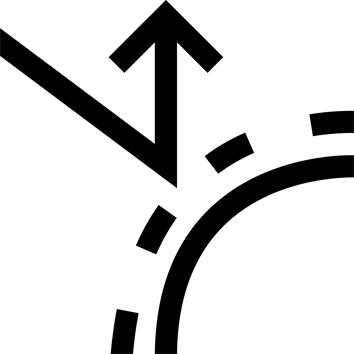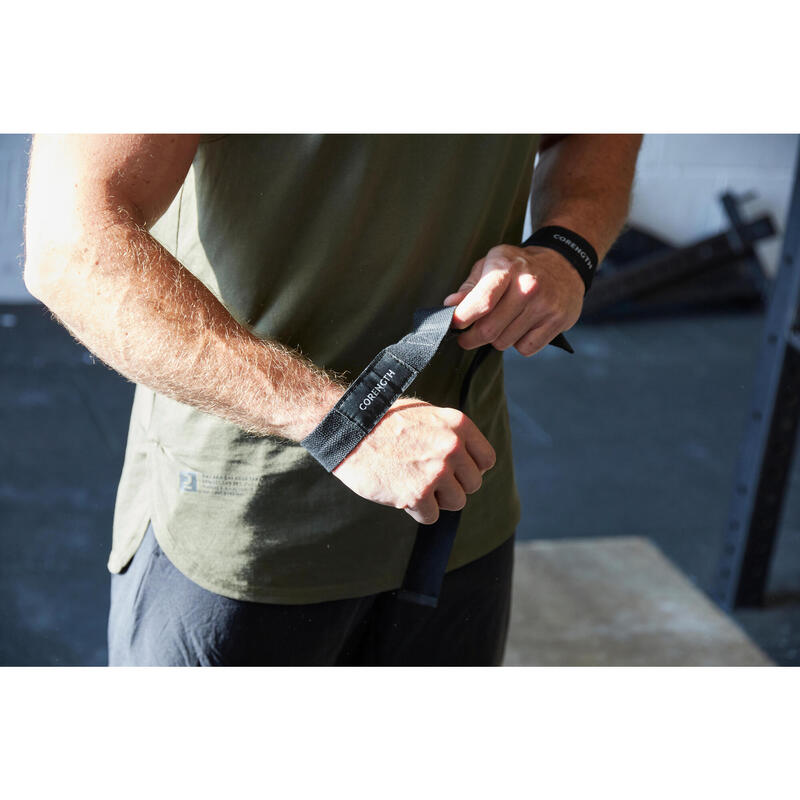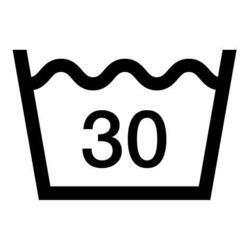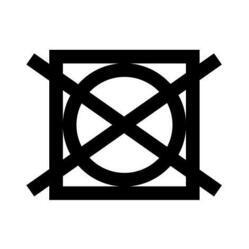Pulling strap dimensions
Drawstring dimensions:
- Strap length: 55 cm
- Strap width: 3.5 cm
--> Sold in pairs
What are pull straps used for?
The main function of pull-up straps is to enable you to lift more weight than you can with hand or forearm strength alone, in the event of insufficient grip. This enables you to lift heavier loads over a greater number of repetitions.
To this end, they are wrapped around the wrists and bar during pulling exercises such as the deadlift, as well as in certain pulling movements such as the Snatch Pull.
How do you place your pull straps?
It's easy to put on straps, but you have to get the hang of it:
- Wrap the first strap around your wrist, passing it through the buckle.
- Make sure the free end hangs towards the inside of your hand.
- Wrap the strap around the bar, starting at the bottom and pulling towards you.
- Check that the strap is not too thick and that your hand is still touching the bar.
- Repeat the same step with the second strap.
Safety and maximum weight
Our pull straps are recommended for loads up to 250 kg (125 kg per strap).
Perform pulling movements safely
When performing pulling exercises, such as deadlifts, we strongly recommend using the leather body-building belt (ref: 8649025) or the one with its double fastening system (ref: 8649022) for extra support for your trunk, helping to increase intra-abdominal pressure.
Our coach suggests exercises to do with the pull straps to develop your strength (1/2)
Our coach's back workout to develop your strength:
- Deadlift: 4 sets of 3 to 5 reps (pay close attention to your technique and back placement on this exercise)
- Bent-legged Rowing: 3 sets of 6 to 8 reps
- Pull-ups: 3 sets of 8 to 10 reps (tip: use elastics or a weighted vest to make your movement easier or more complex, and don't forget to remove the straps for this movement).
Coach's advice to improve your training (2/2)
For each exercise, start with the minimum number of repetitions in the range (make sure you don't fail, and leave a margin of 2 repetitions from your maximum). Then increase by one repetition each week until you reach the maximum of the range. Then increase the weight on the bar.
When you increase the weight on the bar, start again with the minimum number of repetitions in the range and work your way up to the maximum.











